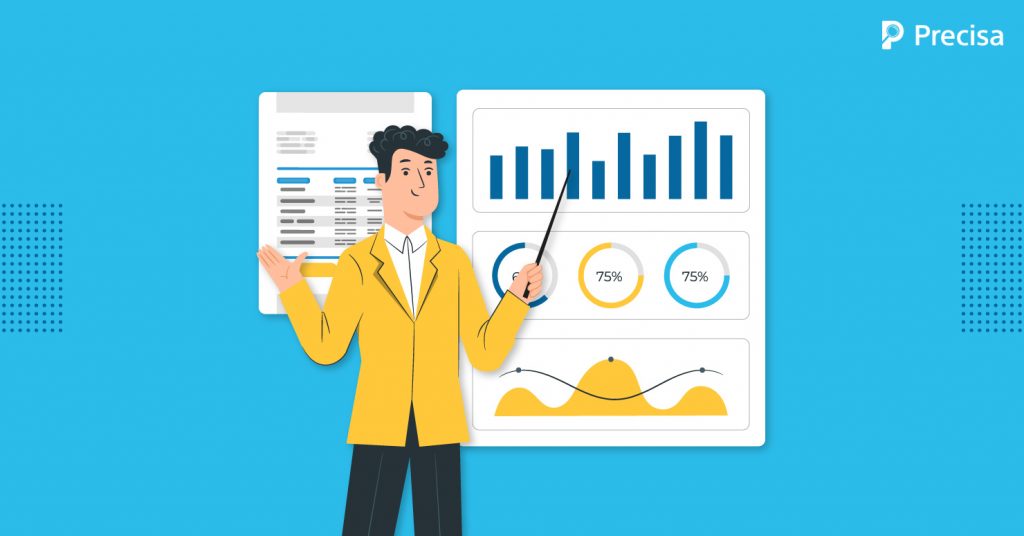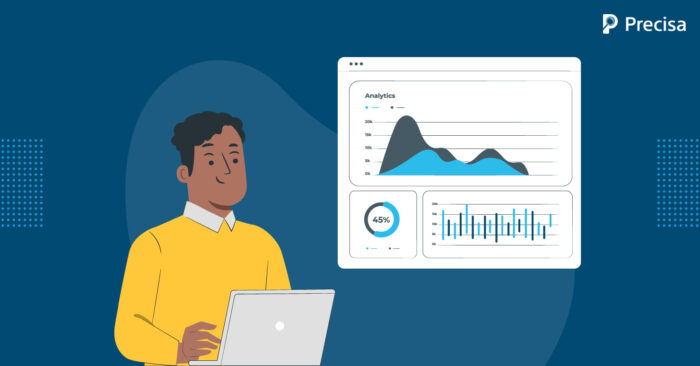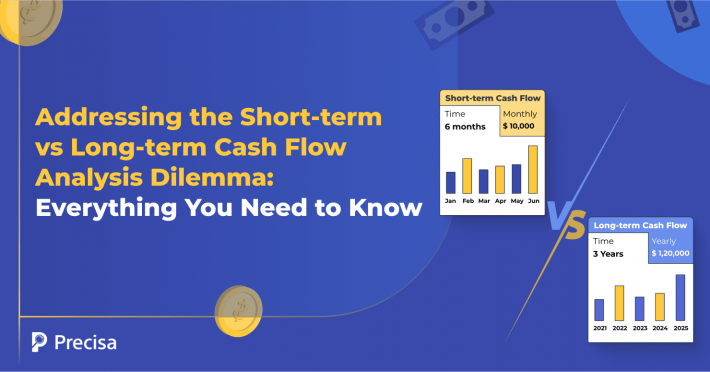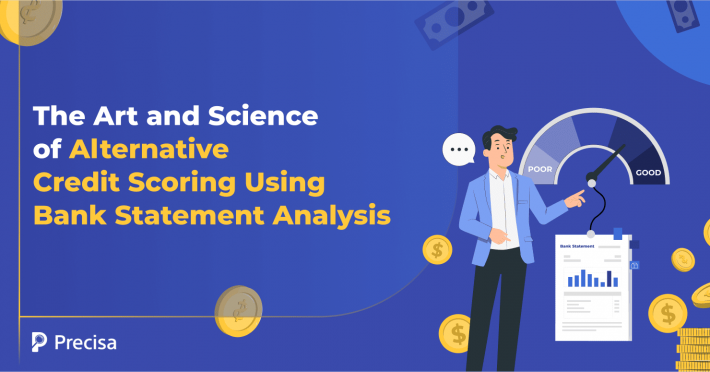What Are the 5 Key Components of Financial Data Analysis?

Access to relevant data is a growing need for businesses that must make several daily decisions that impact their business outcomes.
This survey from 2020 indicates that countries like the USA, Germany, and India are shifting towards data-driven decision-making. Financial data, in particular, plays a significant role in helping businesses determine the most suitable way to navigate adverse scenarios.
For instance, lenders are leveraging tech-enabled solutions such as financial data analysis to determine if they should offer credit to business loan applicants. This is a more efficient and strategic approach rather than relying upon intuition and market buzz. Additionally, the speed and accuracy of this solution offer businesses a competitive advantage in crowded marketspaces.
In this blog, we delve into how financial data analysis and its five components help businesses arrive at key decisions.
What Is Financial Data Analysis?

The financial transactions of a business paint an accurate picture of its financial health. Financial data analysis is a comprehensive process that involves an in-depth analysis of all financial transactions and related aspects of a business to determine the state of its profitability and liabilities.
This analysis is also known for predicting the potential risks and rewards involved in the growth trajectory of companies.
Based on the analysis results, businesses will be more likely to make accurate, impactful decisions. Hence, financial data analysis is emerging as a best practice in the business world.
6 Key Business Scenarios Requiring Financial Data Analysis
There are several scenarios where financial data analysis plays a significant role in decision-making:
- Lending businesses can accurately determine the creditworthiness of loan applicants.
- Investors like venture capitalists and angel investors can determine the risks and rewards of investing in businesses.
- Businesses use financial data analysis before undertaking mergers and acquisitions or filing for bankruptcy.
- Financial services businesses leverage financial data analysis when establishing financial policies.
- When businesses develop future plans, they require complex data to shape the way forward.
- Examining how economic trends and new regulatory policies will impact the bottom line.
5 Key Components of Financial Data Analysis
Decision-makers must consider these components that contribute to comprehensive financial data analysis and help make key business decisions. For example:
1. Revenues
Revenues refer to the income generated via sales of various products and services.
Revenue concentration refers to revenue generated by the highest-paying client or several high-paying clients. If this amount is too high, it can be considered a risk if the business loses the client.
The third metric is revenue per employee, which indicates the business’s productivity level. The higher the value, the better it is for the business’s creditworthiness.
2. Profits
Several measures are key to assessing the company’s profits. For instance:
- The gross profit margin is determined by subtracting the cost of goods sold (COGS) from net sales, dividing by the net revenues, and multiplying by 100%.
- The operating profit margin is the ratio of the operating profits to the revenues. The average operating profit margin is 10%, while 15% and above is considered a good ratio.
- The net profit margin, the most important measure, is the ratio of net profits to revenues, i.e. the profit after deducting all expenses. 10% is considered average, while 20% is an excellent net profit.
These three measures collectively paint a picture of a company’s profits.
3. Operational Efficiency
A company’s operational efficiency directly affects its ability to increase profitability. Within operational efficiency, two measures are crucial:
- The accounts receivables turnover indicates how credit is managed and extended to customers/ clients. A higher figure indicates superior management of credit.
- Inventory turnover indicates the management efficiency of inventory. A low figure indicates that products are not being sold as per the production capacity, and a higher figure indicates better management of inventory.
4. Capital Efficiency and Solvency
This determines a company’s ability to withstand financial losses and meet its debt obligations in the long and short term.
Return on equity (ROE) measures a company’s net income divided by shareholders’ equity. A 20% ROE is a good measure.
On the other hand, debt to equity ratio determines the state of a company’s financial leverage. It is calculated by dividing the company’s liabilities by shareholders’ equity.
5. Liquidity
The state of a company’s liquidity indicates its ability to meet various obligations, such as dead payments and bills. Low liquidity could be a red flag when offering credit or capital.
Two measures determine a company’s liquidity status:
- The current ratio measures a business’s ability to honour short-term obligations within a year. A current ratio of 1.5 and above reflects healthy liquidity resources.
- The interest coverage ratio is the capability of a company to pay interest expenditure on outstanding debt from the available liquidity.
Key Challenges in Financial Data Analysis and Solutions
As we can see, several formulas collectively indicate the state of a company’s finances. But manual calculations are time-consuming and can lead to errors in the underwriting process when determining a company’s creditworthiness. Incorrect financial analysis can lead to higher risks and lower rewards.
Companies are also grappling with large volumes of financial data, which may include duplications and errors. Hence, the financial data itself may still need to be prepared for processing.
Another trend is the growing number of loan applications per day. When turnaround time is too long, the company loses potential customers and struggles to scale.
This is where automated solutions can help companies execute financial data analysis in a time-efficient, accurate and comprehensive manner. Early investments in such solutions can help businesses make data-driven decisions.
The Takeaway
This is why cutting-edge businesses are leveraging automated financial data analysis solutions to bring efficiency and accuracy, make decisions, and scale operations.
Presica’s comprehensive and seamless financial data analysis solution simplifies and speeds up the process through automation. Our cutting-edge suite of products provides actionable insights on a customisable dashboard, thus helping companies make informed business decisions.
Request a free demo today!



